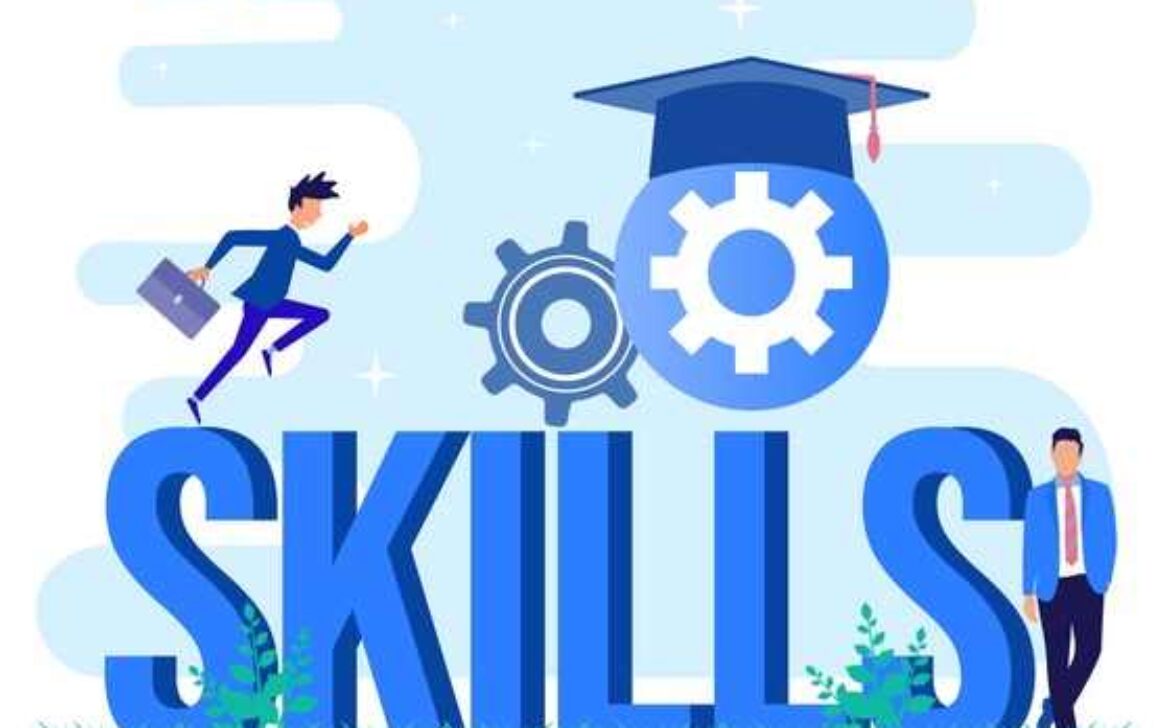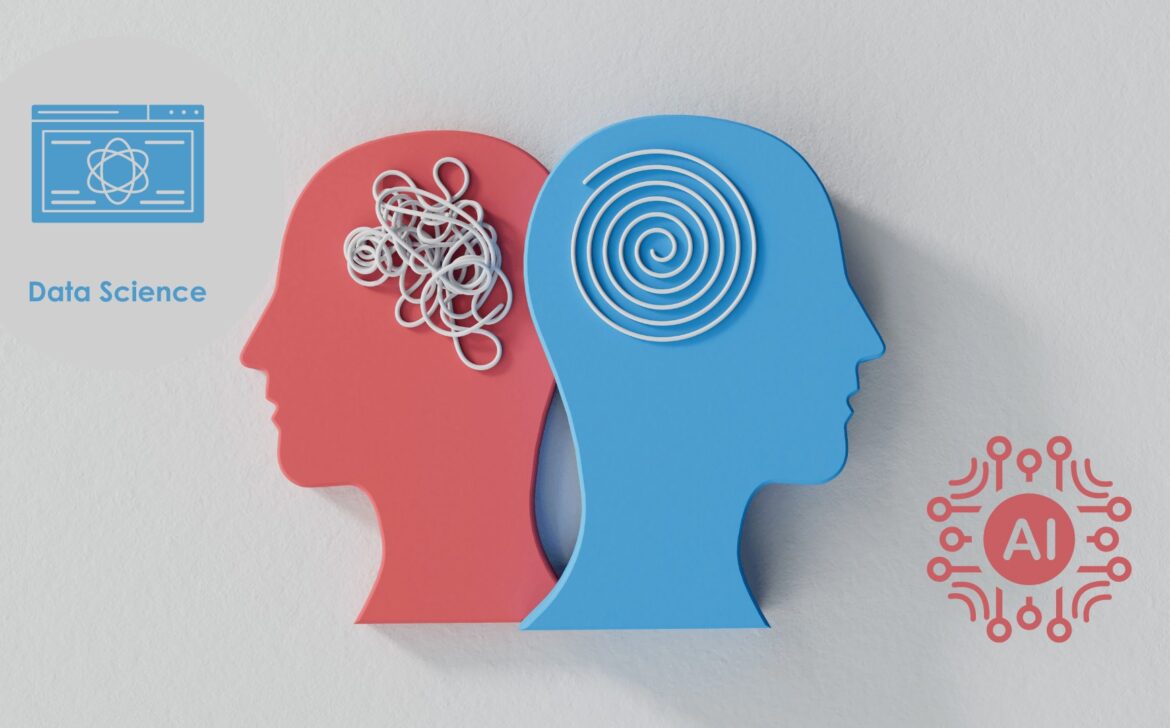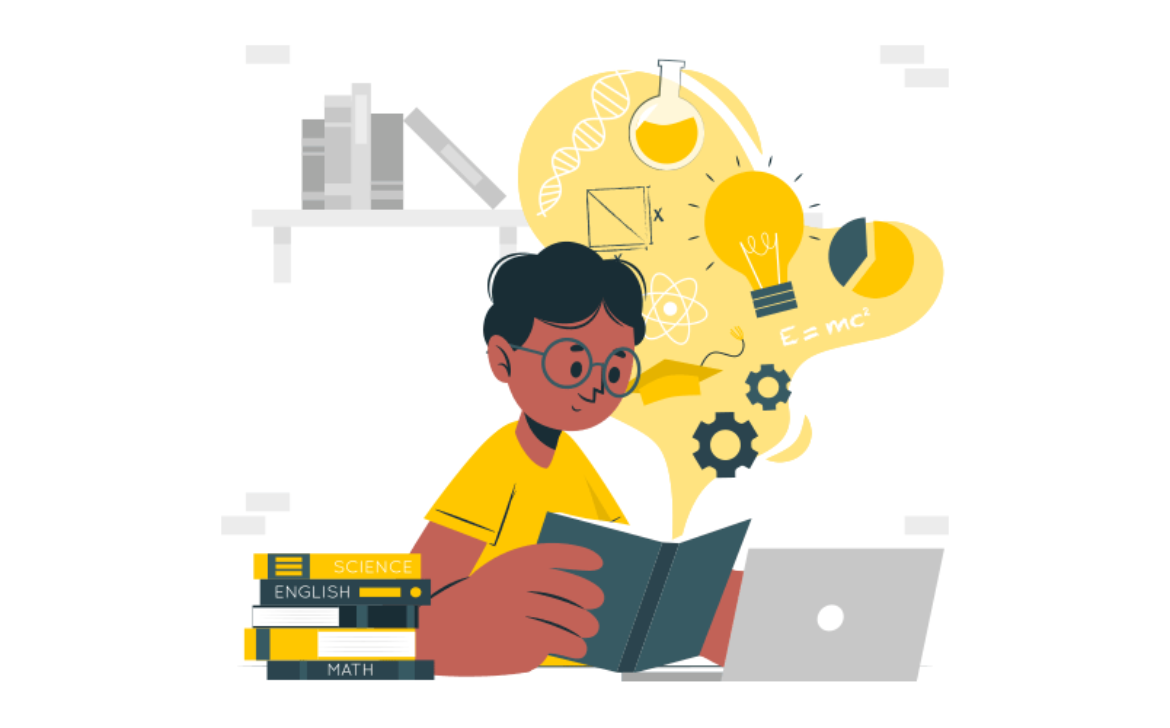Mastering Time Management: A Gateway to Learning New Skills and Knowledge
Introduction
In today’s fast-paced world, time is a precious commodity, and learning new things requires careful planning and effective time management. Whether you’re looking to acquire a new skill, delve into a hobby, or expand your knowledge base, honing your time management skills is the key to success. This blog explores the art of time management as a tool to efficiently learn new things, empowering you to make the most of your journey of growth and self-improvement.
- Recognizing the Importance of Time Management
Time management is the cornerstone of personal development. Understanding the value of your time and making deliberate choices about how you allocate it can significantly impact your ability to learn new skills effectively.
- Setting Clear Goals
Before embarking on a new learning journey, establish clear and specific goals. Define what you want to achieve and break down your objectives into manageable steps. Having a roadmap gives your learning purpose and direction.
- Prioritizing Learning Activities
Learning new things often requires juggling multiple tasks and responsibilities. Prioritize your learning activities by identifying which skills or knowledge are most important to you and aligning them with your overall goals.
- Creating a Time Budget
Similar to financial budgeting, create a time budget by allocating specific blocks of time for learning. Dedicate consistent periods each day or week to your new endeavor, ensuring steady progress without overwhelming yourself.
- Eliminating Time Wasters
Identify and eliminate time-wasting activities that don’t contribute to your learning goals. Minimize distractions such as excessive social media use, aimless browsing, or multitasking, which can hinder your progress.
- Breaking Down Tasks
Break down the learning process into smaller, manageable tasks. This approach prevents feeling overwhelmed and allows you to focus on mastering one aspect at a time.
- Utilizing Productive Techniques
Employ productivity techniques such as the Pomodoro Technique (working in focused bursts with short breaks) to maximize concentration and efficiency during your learning sessions.
- Leveraging Technology
Technology can be both a distraction and a valuable tool. Use apps and tools to set reminders, track progress, and access educational resources that enhance your learning experience.
- Creating a Learning Environment
Design a conducive learning environment that minimizes distractions and promotes focus. Keep your workspace organized and clutter-free to foster a productive mindset.
- Practicing Self-Care
Effective time management goes hand-in-hand with self-care. Prioritize sleep, exercise, and relaxation to maintain a healthy mind and body, which are essential for effective learning.
Conclusion
Learning new skills and acquiring knowledge is a fulfilling and empowering journey, made even more impactful through effective time management. By recognizing the value of your time, setting clear goals, prioritizing activities, creating a time budget, and eliminating distractions, you can optimize your learning experience. As you break down tasks, utilize productive techniques, leverage technology, and cultivate a conducive learning environment, you’ll find yourself making consistent progress. Remember that self-care is an integral part of the equation, ensuring your mental and physical well-being as you embrace the exciting challenge of learning. With strong time management skills, the doors to new skills, knowledge, and personal growth are wide open.










